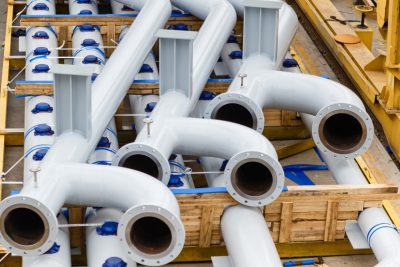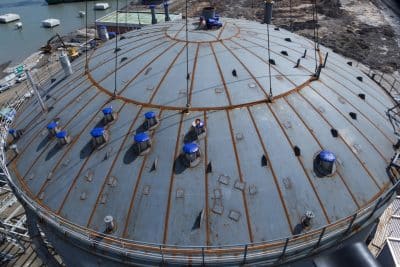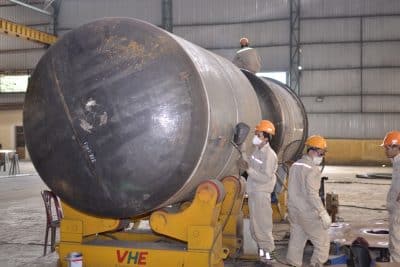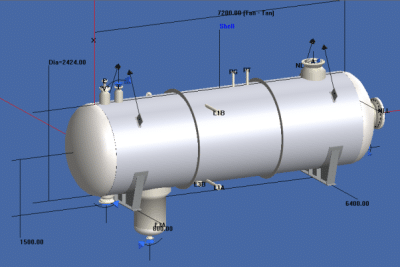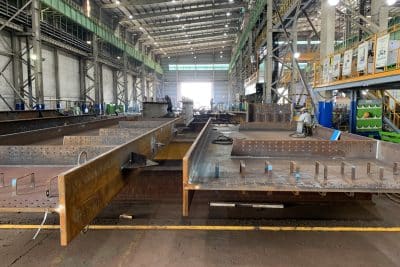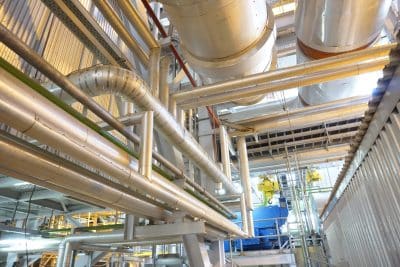Flare systems are classified into two main types based on their installation location (Whatispipping.com):
Vertical Flare System Types:
- Self-supporting: This type of system is designed to stand on its own without any external support. They are typically used in areas with limited space or when the flare system needs to be moved frequently. (VHE’s main construction product)
- Guyed (Cable): This type of system is secured to surrounding structures with cables. They are typically used in areas with high winds or when high system stability is required.
- Mast-supported (Steel): This type of system is supported by a steel mast. They are typically used in areas with heavy loads or when high system durability is required.
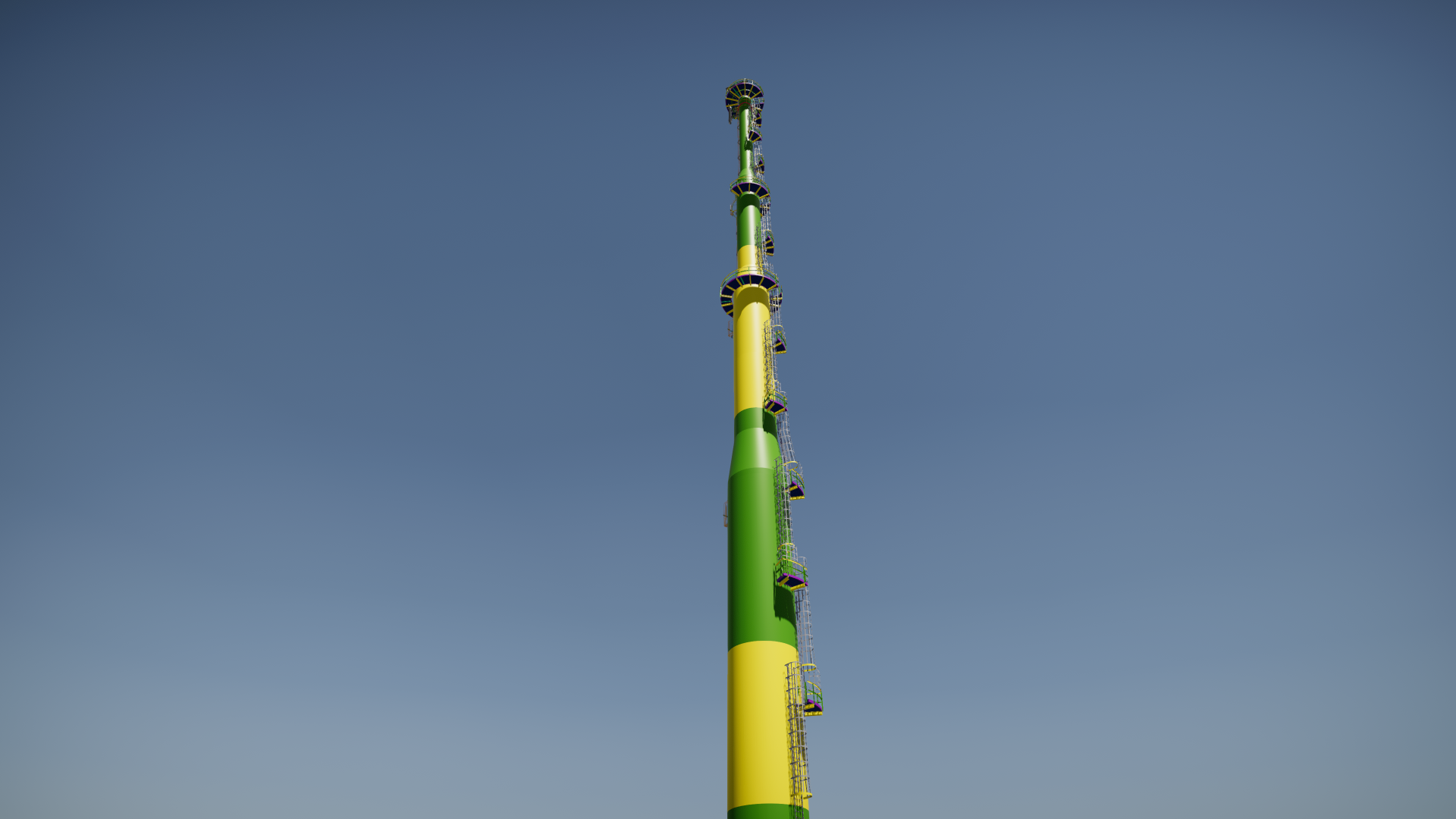
VHE specializes in designing, fabricating, and installing self-supporting flare systems. With extensive experience in all three horizontal flare system types, we offer comprehensive solutions that meet your specific requirements.
Horizontal Flare System Type:
Horizontal flare systems are installed horizontally, with waste gases directed through a pipe to a horizontal burner. The gases are then discharged into a pit or trench. Horizontal flare systems are typically used in areas with limited space or where noise and thermal radiation need to be minimized.
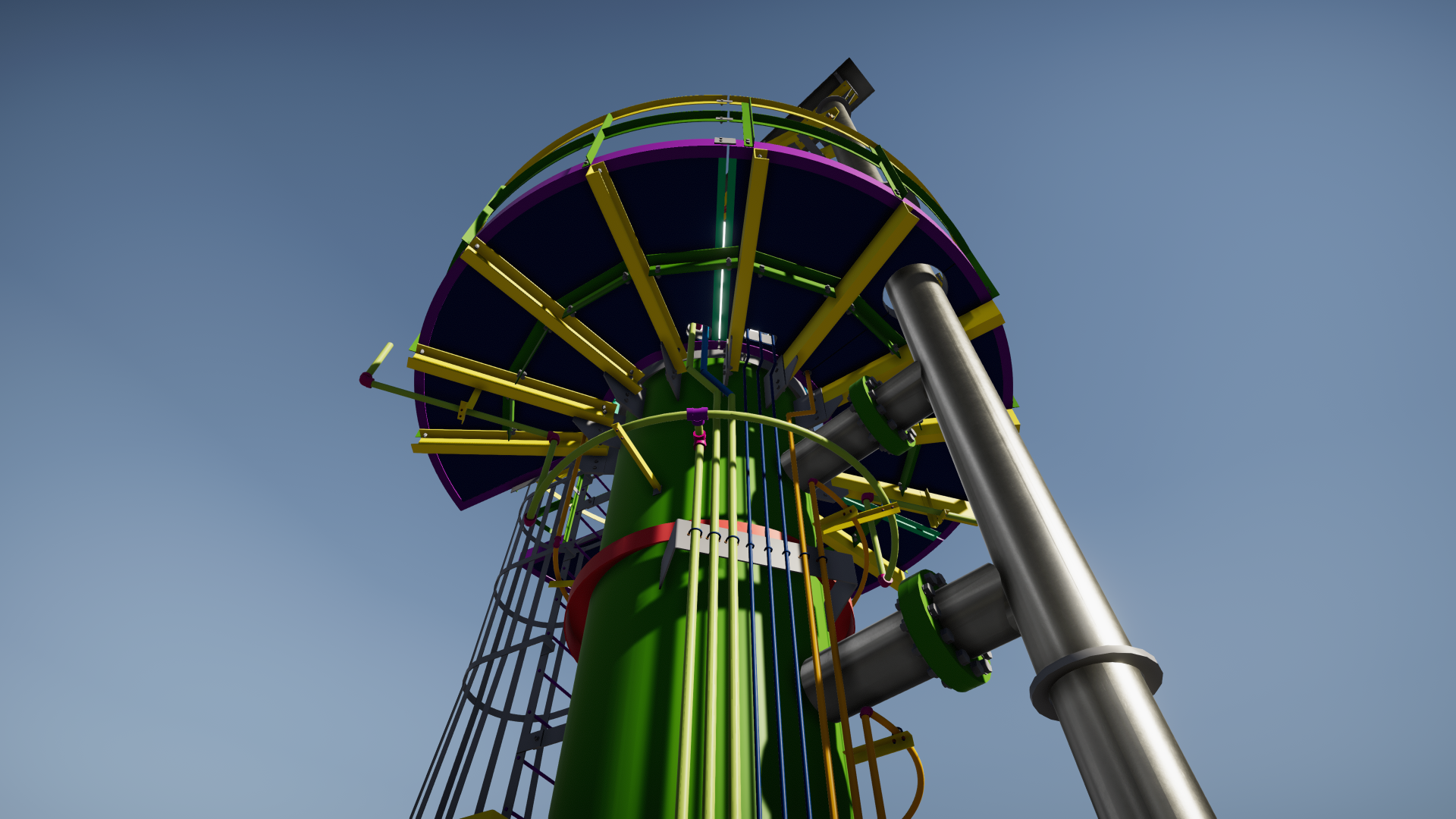
II. Applications of Flare System Types:
Flare systems are widely used in various industries for the safe and efficient treatment of waste gases. Some of the most common applications include:
1. Industrial Waste Gas Treatment:
Flare systems are employed to handle waste gases generated from industrial plants, including chemical plants, refineries, paper mills, power plants, and more. These waste gases often contain hazardous and harmful substances, such as VOCs (volatile organic compounds), SOx (sulfur oxides), NOx (nitrogen oxides), CO (carbon monoxide), and others. Flare systems combust these pollutants at high temperatures, converting them into harmless CO2 and H2O.
2. Oil and Gas Waste Gas Treatment:
Flare systems play a crucial role in treating waste gases from oil and gas operations, including produced gas, wellbore gas, flare gas, and others. These waste gases typically contain flammable components, such as methane, ethane, propane, butane, and more. Flare systems safely incinerate these flammable components, preventing fire and explosion hazards while protecting the environment.
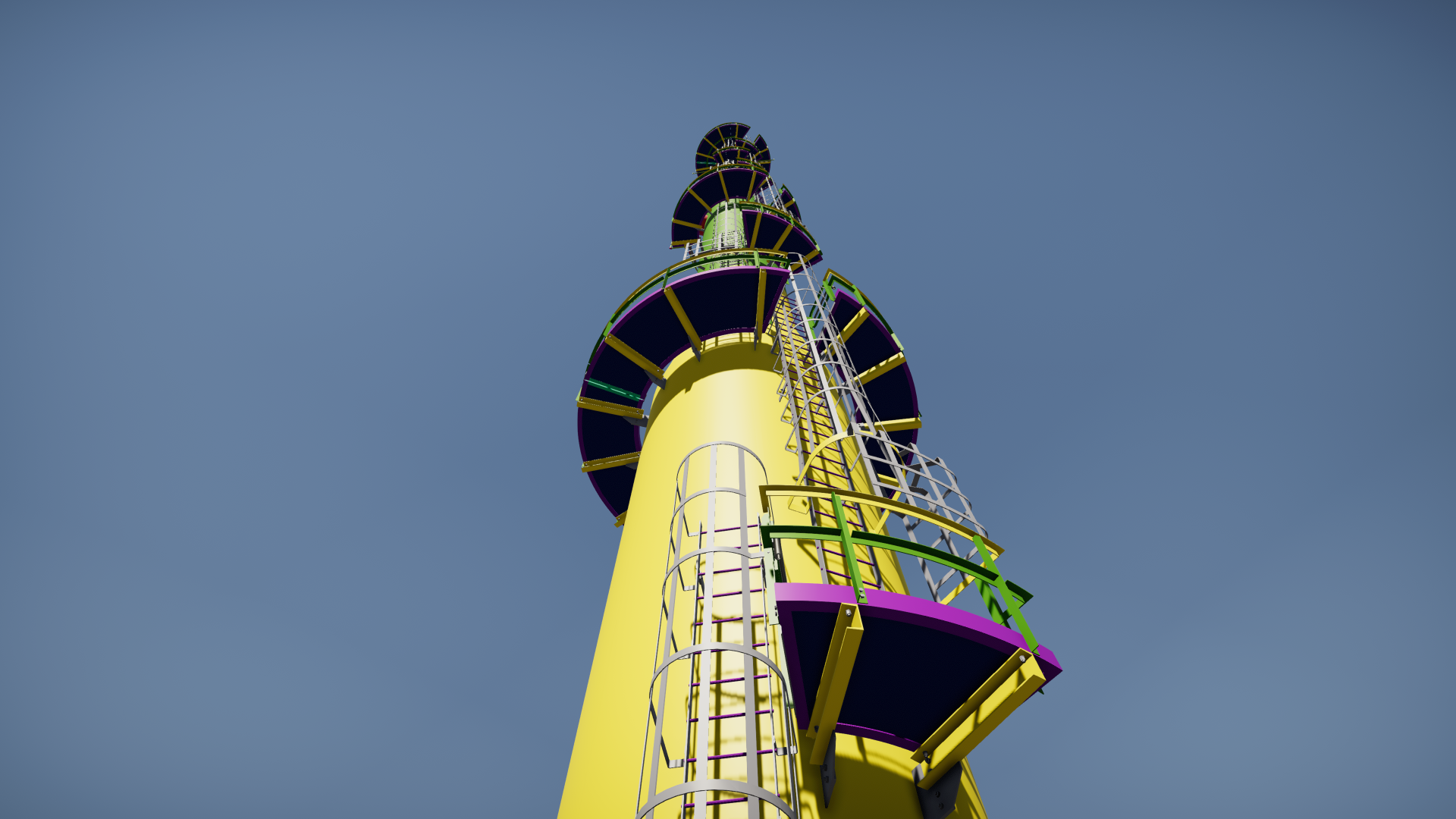
3. Municipal Waste Gas Treatment:
Flare systems effectively handle waste gases generated from wastewater treatment plants and landfills. These gases often contain harmful substances like methane, hydrogen sulfide, ammonia, and others. Flare systems combust these pollutants to minimize air pollution and protect public health.
4. Other Industrial Applications:
Flare systems find use in treating waste gases from various industries, including:
- Food processing plants
- Pharmaceutical manufacturing facilities
- Semiconductor production plant.




